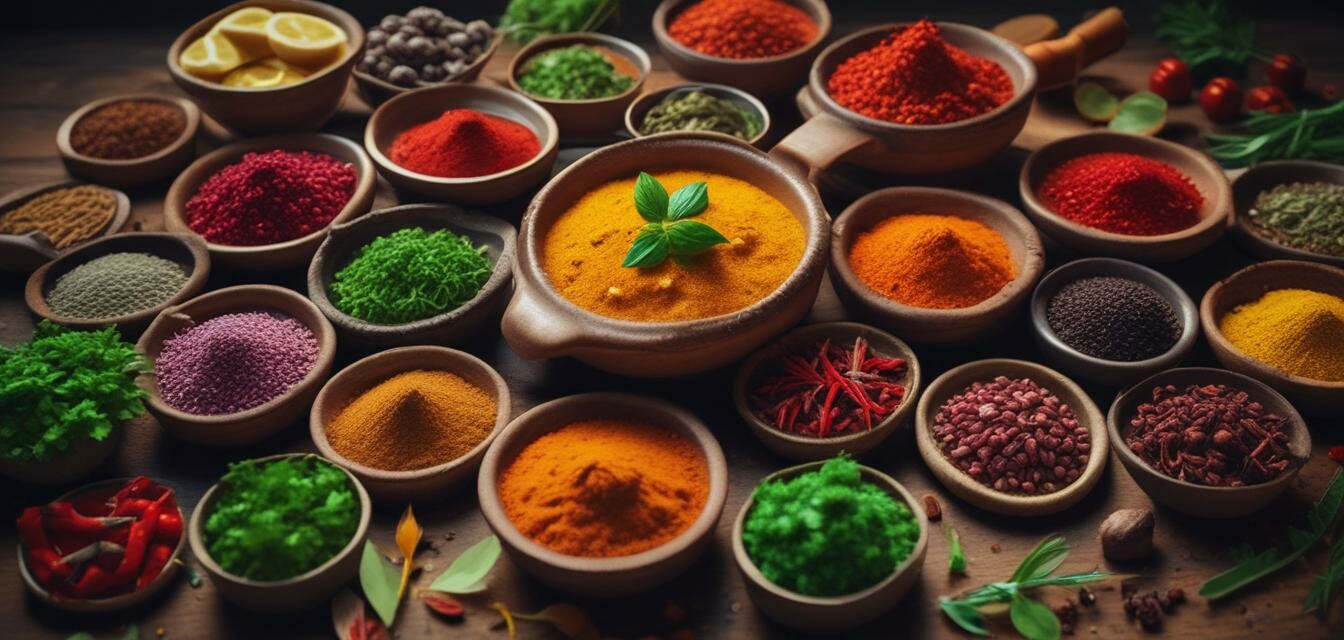
How to Properly Season Your Dishes
Key Takeaways
- Understanding the right balance of flavors is essential for delicious dishes.
- Salt enhances all flavors but should be used thoughtfully.
- Acidity, sweetness, bitterness, and umami contribute to a well-rounded dish.
- Fresh herbs and spices elevate the taste and presentation of your meals.
When it comes to cooking, seasoning is one of the most critical aspects to developing extraordinary flavors. Proper seasoning can transform simple ingredients into delightful meals, enhancing every bite. This guide will walk you through the essentials of seasoning your dishes correctly, including tips, techniques, and the science behind flavor development.
Understanding seasoning
Seasoning is the process of enhancing the natural flavors of food using a variety of ingredients. The cornerstone of seasoning is salt, but it also includes a broad spectrum of spices, herbs, and acidic components. Each ingredient contributes distinct flavors to elevate your culinary creations.
The role of salt
Salt is a powerful seasoning agent that impacts how we perceive taste. Here’s how to effectively use salt:
| Type of Salt | Usage | Notes |
|---|---|---|
| Table Salt | Common seasoning for everyday cooking | Highly refined; fine grains dissolve quickly |
| Sea Salt | Great for finishing dishes | Natural, with more minerals than table salt |
| Kosher Salt | Ideal for seasoning meat | Coursely flaked; easy to pinch and sprinkle |
Balance flavors
Creating a perfect balance of flavors is essential in seasoning. Here are the five main flavor profiles to consider:
- Sweetness: Often adds depth; think of honey or sugar.
- Acidity: Brightens flavors; incorporate lemon juice or vinegar.
- Bitterness: Adds complexity; use ingredients like coffee or arugula.
- Umami: Provides richness; include tomatoes or mushrooms.
- Saltiness: Enhances all other flavors; use salt wisely.
Tips for seasoning
Beginners Section
Here are some helpful tips for getting started with seasoning:
- Start small: It’s easier to add more seasoning than to fix an over-seasoned dish.
- Taste as you go: Regularly sampling your dishes helps you gauge the flavors.
- Season at different stages: Layering flavors throughout the cooking process yields the best results.
- Use fresh herbs: Freshly chopped herbs can enhance both taste and presentation.
- Experiment: Don’t be afraid to try new spices or flavor combinations!
Herbs and spices essentials
Herbs and spices are the heart and soul of seasoning. They can bring a dish to life with vibrant flavors and aromas. Here’s a breakdown of common herbs and spices, along with their best uses:
| Herb/Spice | Flavor Profile | Best Used In |
|---|---|---|
| Basil | Sweet, aromatic | Italian dishes, salads |
| Oregano | Pungent, slightly bitter | Pizza, soups |
| Cumin | Earthy, warm | Chili, curries |
| Rosemary | Pine-like, fragrant | Roasted meats, vegetables |
| Thyme | Earthy, minty | Stews, sauces |
Understanding cooking methods
The cooking method can also influence how flavors develop in your dish. Here are some popular methods and how they interact with seasonings:
- Sautéing: Quick cooking method that retains flavors. Season as you cook.
- Roasting: Brings out sweetness; season before cooking.
- Boiling: Dilutes flavor; consider adding salt to the water.
- Grilling: High heat intensifies flavors; use marinades for added seasoning.
- Steaming: Keeps food moist; season after cooking to maintain freshness.
Experimenting with world flavors
One of the best ways to learn about seasoning is through exploring global cuisines. Here are a few popular seasonings from around the world:
- Cinco Spice: A Chinese blend often used in stir-fries.
- Garam Masala: An Indian spice mix used in various dishes.
- Herbes de Provence: A French mixture best for roasting and sauces.
- Za’atar: A Middle Eastern herb blend excellent for meats and breads.
- Adobo: A seasoning mix popular in Latin cuisine for marinating meats.
Conclusion
Properly seasoning your dishes is an essential skill that enhances your cooking experience. With practice and experimentation, you'll develop a personal style that reflects your taste. Remember to start small, taste often, and have fun with your seasonal journey!
Pros
- Improves the overall taste of dishes.
- Encourages culinary creativity and experimentation.
- Enhances the presentation of meals.
Cons
- Misjudged seasoning can ruin a dish.
- Requires practice to master flavor balancing.
For more tips and techniques, check out our articles on Cooking Tips & Techniques and learn how to improve your culinary skills!